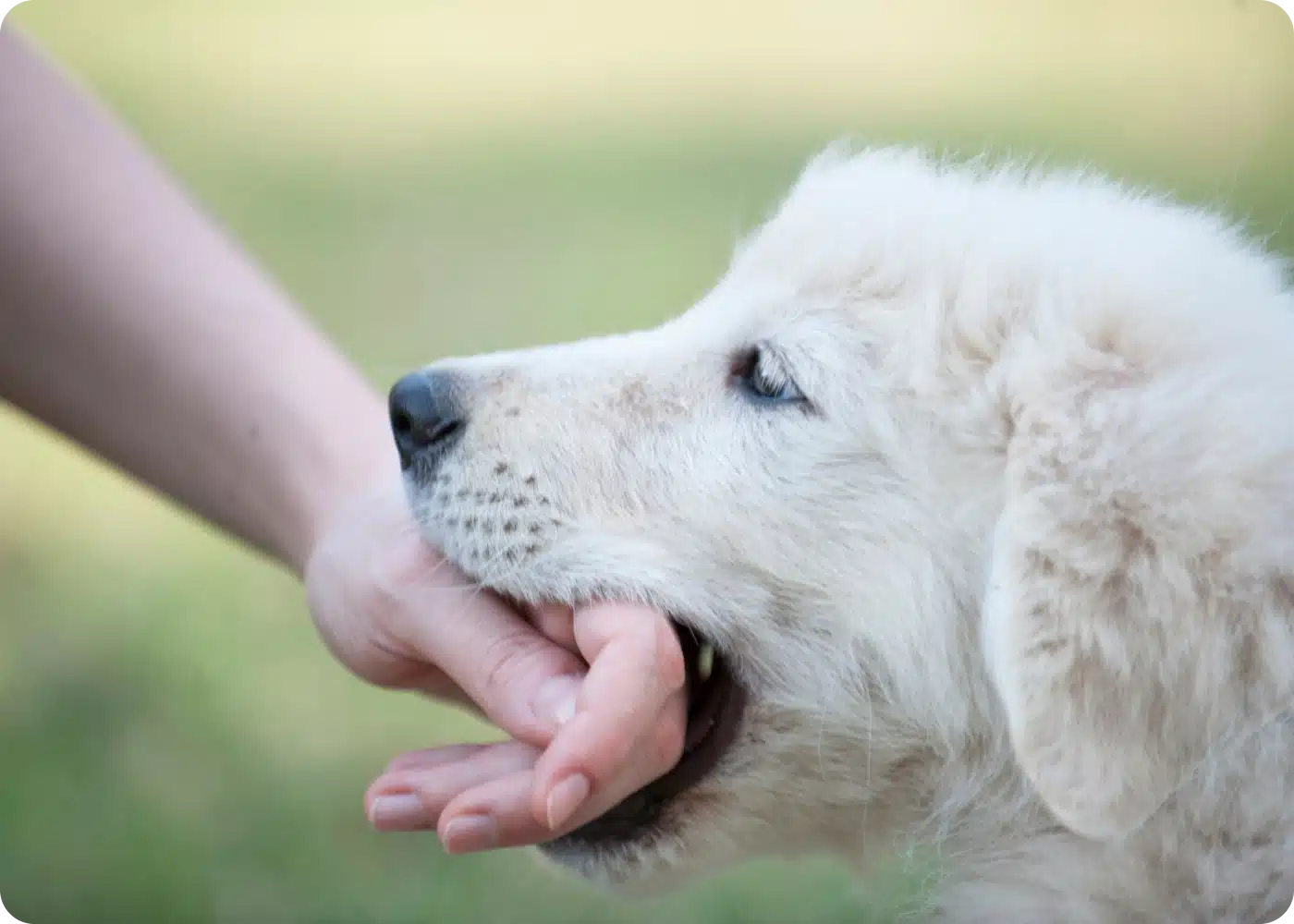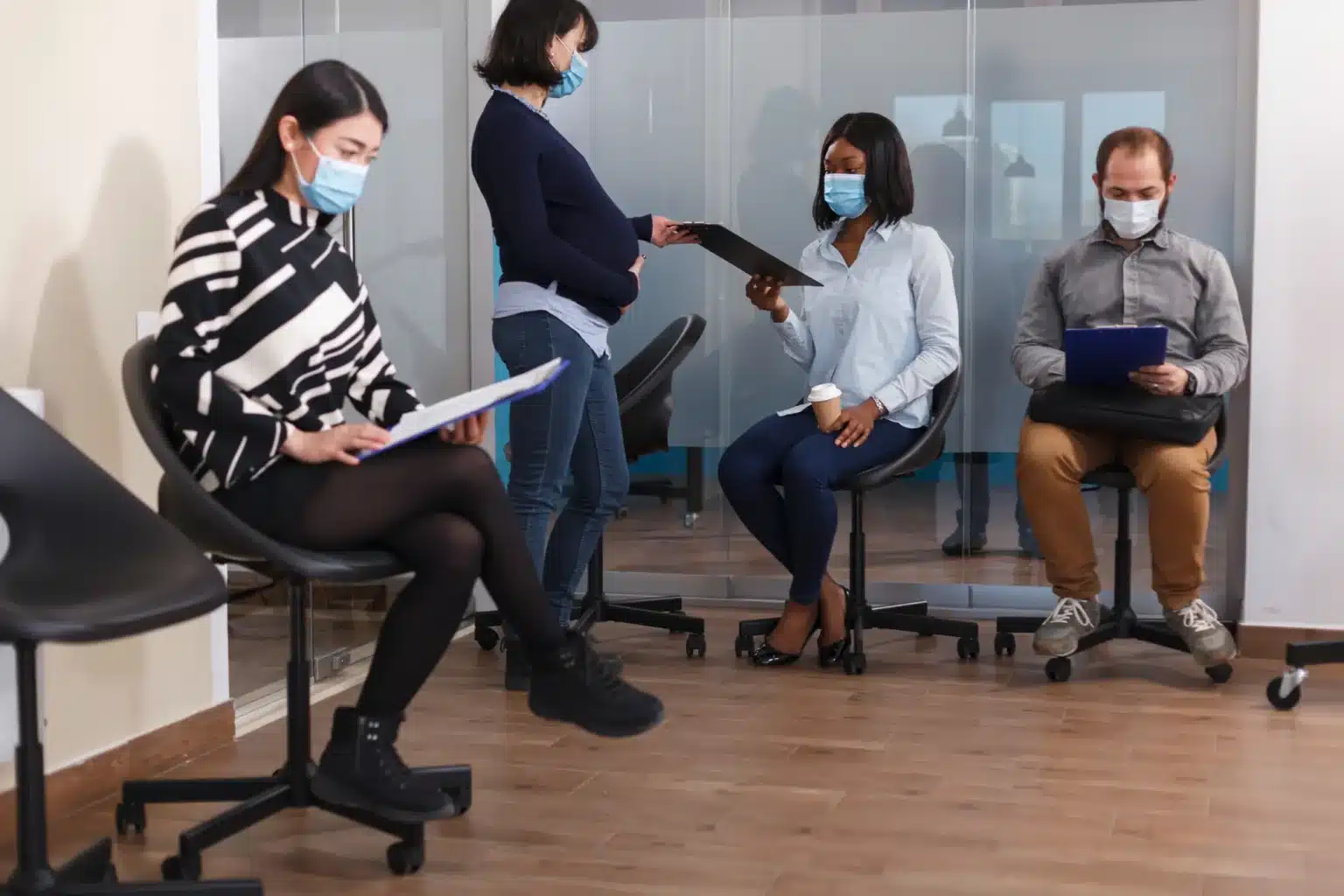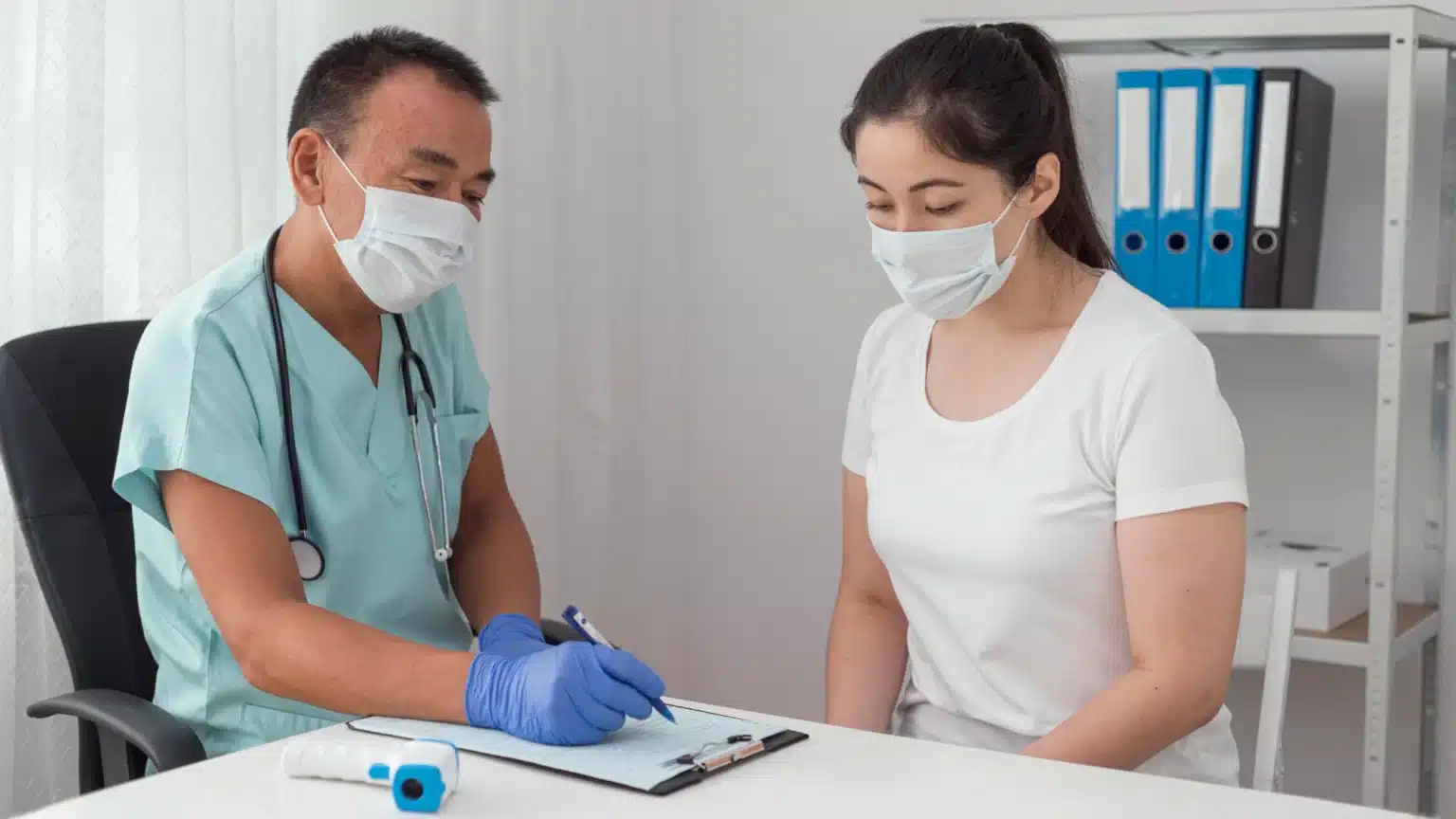Learn more about:
Anti-Rabies Vaccine
(Post-Exposure)
Recommended for: People who are regularly exposed to animals that could have rabies, like dogs or cats.
Disease prevented: Rabies
Price:
₱800.00
Find the Nearest SureVax Location:
The Anti-Rabies Post-Exposure Prophylaxis (PEP) is administered after a potential rabies exposure to prevent the virus from progressing within the body. It triggers the immune system to fight off the rabies virus before it can spread to vital organs, where it becomes life-threatening.


₱800.00
The Anti-Rabies post-exposure vaccine is administered after an individual has been potentially exposed to the rabies virus through animal bites, scratches, or saliva contact with open wounds. It stimulates the immune system to produce antibodies that fight off the virus, preventing it from spreading to the central nervous system where it can be fatal.
Find the Nearest SureVax Location:
Facts about Rabies
Post-exposure vaccination is critical for individuals who have been bitten, scratched, or had exposure to saliva through broken skin or mucous membranes.
PEP includes a series of rabies vaccines, and in severe cases, rabies immunoglobulin (RIG) for immediate passive immunity.
PEP is safe and highly effective when administered promptly after exposure, with mild side effects like soreness or redness at the injection site.
Treatment depends on the severity of exposure and whether it fits into Category II (minor exposure) or Category III (severe exposure).
Recommendations
Should you get vaccinated? Who are high-risk individuals?
Priority Beneficiaries
Description
Category II Exposure:
Individuals with minor scratches, abrasions without bleeding, or nibbling of uncovered skin. While these may seem mild, Category II exposures still present a risk of rabies infection and require immediate vaccination to prevent the virus from spreading.
Category III Exposure:
Individuals with severe transdermal bites, puncture wounds, lacerations, or abrasions with bleeding, as well as exposure of broken skin or mucous membranes to infected saliva. This category also includes contact with bats, unprotected handling of infected carcasses, or contamination through body fluids. These high-risk cases demand prompt vaccination and rabies immunoglobulin (RIG) administration to ensure full protection.
Should you get vaccinated? Who are high-risk individuals?
Category II Exposure:
Primary Beneficiaries
Individuals with minor scratches, abrasions without bleeding, or nibbling of uncovered skin. While these may seem mild, Category II exposures still present a risk of rabies infection and require immediate vaccination to prevent the virus from spreading.
Category III Exposure:
Primary Beneficiaries
Individuals with severe transdermal bites, puncture wounds, lacerations, or abrasions with bleeding, as well as exposure of broken skin or mucous membranes to infected saliva. This category also includes contact with bats, unprotected handling of infected carcasses, or contamination through body fluids. These high-risk cases demand prompt vaccination and rabies immunoglobulin (RIG) administration to ensure full protection.
Benefits
The Anti-Rabies (Post-Exposure) vaccine provides life-saving protection by preventing the development of rabies after potential exposure, ensuring safety and peace of mind.
Rapid Immune Response
Provides immediate defense, stopping the rabies virus from spreading within the body and preventing life-threatening infection.
Strong Infection Protection
Reduces the risk of severe complications, offering robust protection against the rabies virus.
Critical for High-Risk Exposures
Ensures individuals exposed to significant risks, such as bites or mucous membrane contact, receive life-saving treatment.
Enhanced Community Safety
Protects individuals and prevents further rabies transmission within families and communities.
Peace of Mind After Exposure
Provides reassurance to those exposed to rabies, ensuring a smooth recovery with effective treatment.
The Anti-Rabies (Post-Exposure) vaccine provides life-saving protection by preventing the development of rabies after potential exposure, ensuring safety and peace of mind.
Rapid Immune Response
Provides immediate defense, stopping the rabies virus from spreading within the body and preventing life-threatening infection.
Strong Infection Protection
Reduces the risk of severe complications, offering robust protection against the rabies virus.
Critical for High-Risk Exposures
Ensures individuals exposed to significant risks, such as bites or mucous membrane contact, receive life-saving treatment.
Enhanced Community Safety
Protects individuals and prevents further rabies transmission within families and communities.
Peace of Mind After Exposure
Provides reassurance to those exposed to rabies, ensuring a smooth recovery with effective treatment.
Frequently Asked Questions (FAQs)
Find answers to common questions about the Anti-Rabies (Post-Exposure) vaccine, including when it’s needed and how it protects you.
What is post-exposure prophylaxis (PEP)?
PEP is a treatment involving anti-rabies vaccines and, in severe cases, rabies immunoglobulin (RIG) administered after rabies exposure to prevent infection.
Who needs PEP?
Individuals with Category II or III rabies exposures, such as bites, scratches, or saliva contact with broken skin or mucous membranes, need immediate PEP.
How soon should PEP start after exposure?
PEP should begin as soon as possible after a suspected rabies exposure. Delays increase the risk of infection.
What is rabies immunoglobulin (RIG), and do I need it?
RIG provides immediate passive immunity for Category III exposures (severe bites, saliva in mucous membranes, etc.) while the vaccine helps build long-term immunity.
Is the vaccine safe?
Yes, the rabies vaccine is safe, with mild side effects such as soreness at the injection site. Severe adverse effects are rare.
What happens if I miss a dose?
Missing a dose reduces vaccine effectiveness. Contact your healthcare provider immediately to reschedule and complete the series.
What should I do immediately after being bitten or scratched?
Wash the wound thoroughly with soap and water for at least 15 minutes, apply antiseptic, and seek immediate medical attention for PEP assessment.
Do I need PEP for every animal bite?
Not all bites require PEP. A healthcare provider will assess the risk based on the type of exposure, animal behavior, and rabies status of the animal.
Can PEP be stopped if the animal is found healthy?
If the animal is observed for 10 days and shows no rabies symptoms, or tests negative, PEP can be discontinued under medical advice.
Find answers to common questions about the Anti-Rabies (Post-Exposure) vaccine, including when it’s needed and how it protects you.
What is post-exposure prophylaxis (PEP)?
PEP is a treatment involving anti-rabies vaccines and, in severe cases, rabies immunoglobulin (RIG) administered after rabies exposure to prevent infection.
Who needs PEP?
Individuals with Category II or III rabies exposures, such as bites, scratches, or saliva contact with broken skin or mucous membranes, need immediate PEP.
How soon should PEP start after exposure?
PEP should begin as soon as possible after a suspected rabies exposure. Delays increase the risk of infection.
How many doses of the anti-rabies vaccine are needed?
For most post-exposure cases, 4 doses are administered on Days 0, 3, 7, and 14.
What is rabies immunoglobulin (RIG), and do I need it?
RIG provides immediate passive immunity for Category III exposures (severe bites, saliva in mucous membranes, etc.) while the vaccine helps build long-term immunity.
Is the vaccine safe?
Yes, the rabies vaccine is safe, with mild side effects such as soreness at the injection site. Severe adverse effects are rare.
What happens if I miss a dose?
Missing a dose reduces vaccine effectiveness. Contact your healthcare provider immediately to reschedule and complete the series.
What should I do immediately after being bitten or scratched?
Wash the wound thoroughly with soap and water for at least 15 minutes, apply antiseptic, and seek immediate medical attention for PEP assessment.
Do I need PEP for every animal bite?
Not all bites require PEP. A healthcare provider will assess the risk based on the type of exposure, animal behavior, and rabies status of the animal.
Can PEP be stopped if the animal is found healthy?
If the animal is observed for 10 days and shows no rabies symptoms, or tests negative, PEP can be discontinued under medical advice.
It’s better to be safe than sorry.
Get vaccinated today.
Book your vaccination today!
Resources:

Shingles in Younger Adults: What You Need to Know
While shingles is commonly associated with older adults, younger adults can also develop the condition, particularly if they have weakened immune systems. Shingles, or herpes

Postherpetic Neuralgia: Understanding the Lingering Pain After Shingles
Shingles can cause more than just a temporary rash. In some cases, individuals experience a lingering pain known as postherpetic neuralgia (PHN), which occurs after

